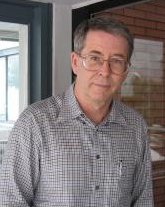
In mathematics, the classification of finite simple groups is a result of group theory stating that every finite simple group is either cyclic, or alternating, or belongs to a broad infinite class called the groups of Lie type, or else it is one of twenty-six or twenty-seven exceptions, called sporadic. The proof consists of tens of thousands of pages in several hundred journal articles written by about 100 authors, published mostly between 1955 and 2004.
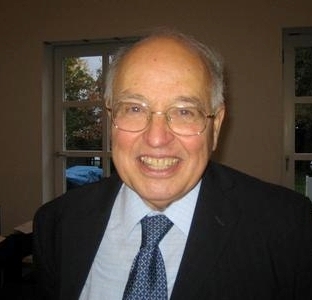
Sir Michael Francis Atiyah was a British-Lebanese mathematician specialising in geometry. His contributions include the Atiyah–Singer index theorem and co-founding topological K-theory. He was awarded the Fields Medal in 1966 and the Abel Prize in 2004.
In the mathematical field of geometric topology, the Poincaré conjecture is a theorem about the characterization of the 3-sphere, which is the hypersphere that bounds the unit ball in four-dimensional space.

Jean-Pierre Serre is a French mathematician who has made contributions to algebraic topology, algebraic geometry and algebraic number theory. He was awarded the Fields Medal in 1954, the Wolf Prize in 2000 and the inaugural Abel Prize in 2003.

Richard Dagobert Brauer was a leading German and American mathematician. He worked mainly in abstract algebra, but made important contributions to number theory. He was the founder of modular representation theory.
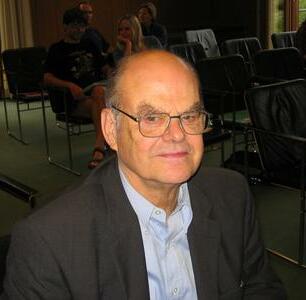
John Griggs Thompson is an American mathematician at the University of Florida noted for his work in the field of finite groups. He was awarded the Fields Medal in 1970, the Wolf Prize in 1992, and the Abel Prize in 2008.

Terence Chi-Shen Tao is an Australian mathematician who is a professor of mathematics at the University of California, Los Angeles (UCLA), where he holds the James and Carol Collins chair. His research includes topics in harmonic analysis, partial differential equations, algebraic combinatorics, arithmetic combinatorics, geometric combinatorics, probability theory, compressed sensing and analytic number theory.
In mathematics, the Feit–Thompson theorem, or odd order theorem, states that every finite group of odd order is solvable. It was proved by Walter Feit and John Griggs Thompson.
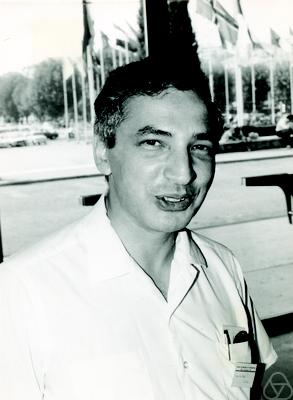
Walter Feit was an Austrian-born American mathematician who worked in finite group theory and representation theory. His contributions provided elementary infrastructure used in algebra, geometry, topology, number theory, and logic. His work helped the development and utilization of sectors like cryptography, chemistry, and physics.
Leonard Eugene Dickson was an American mathematician. He was one of the first American researchers in abstract algebra, in particular the theory of finite fields and classical groups, and is also remembered for a three-volume history of number theory, History of the Theory of Numbers. The L. E. Dickson instructorships at the University of Chicago Department of Mathematics are named after him.

Luis Ángel Caffarelli is an Argentine-American mathematician. He studies partial differential equations and their applications.

Melvin Hochster is an American mathematician working in commutative algebra. He is currently the Jack E. McLaughlin Distinguished University Professor Emeritus of Mathematics at the University of Michigan.
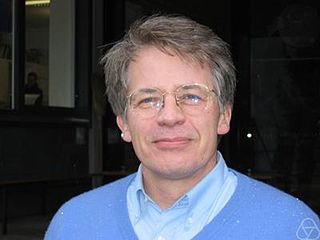
Robert Louis Griess, Jr. is a mathematician working on finite simple groups and vertex algebras. He is currently the John Griggs Thompson Distinguished University Professor of mathematics at University of Michigan.
In mathematics, a quasithin group is a finite simple group that resembles a group of Lie type of rank at most 2 over a field of characteristic 2. The classification of quasithin groups is a crucial part of the classification of finite simple groups.
The history of group theory, a mathematical domain studying groups in their various forms, has evolved in various parallel threads. There are three historical roots of group theory: the theory of algebraic equations, number theory and geometry. Joseph Louis Lagrange, Niels Henrik Abel and Évariste Galois were early researchers in the field of group theory.

Gopal Prasad is an Indian-American mathematician. His research interests span the fields of Lie groups, their discrete subgroups, algebraic groups, arithmetic groups, geometry of locally symmetric spaces, and representation theory of reductive p-adic groups.
The Millennium Prize Problems are seven well-known complex mathematical problems selected by the Clay Mathematics Institute in 2000. The Clay Institute has pledged a US$1 million prize for the first correct solution to each problem.
In mathematical finite group theory, a block, sometimes called Aschbacher block, is a subgroup giving an obstruction to Thompson factorization and pushing up. Blocks were introduced by Michael Aschbacher.
Richard Neil Lyons is an American mathematician, specializing in finite group theory.
